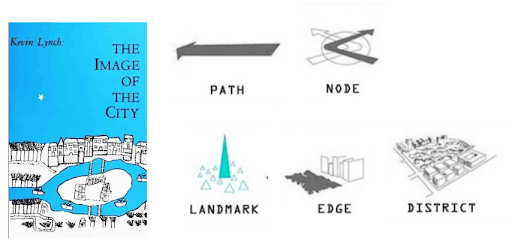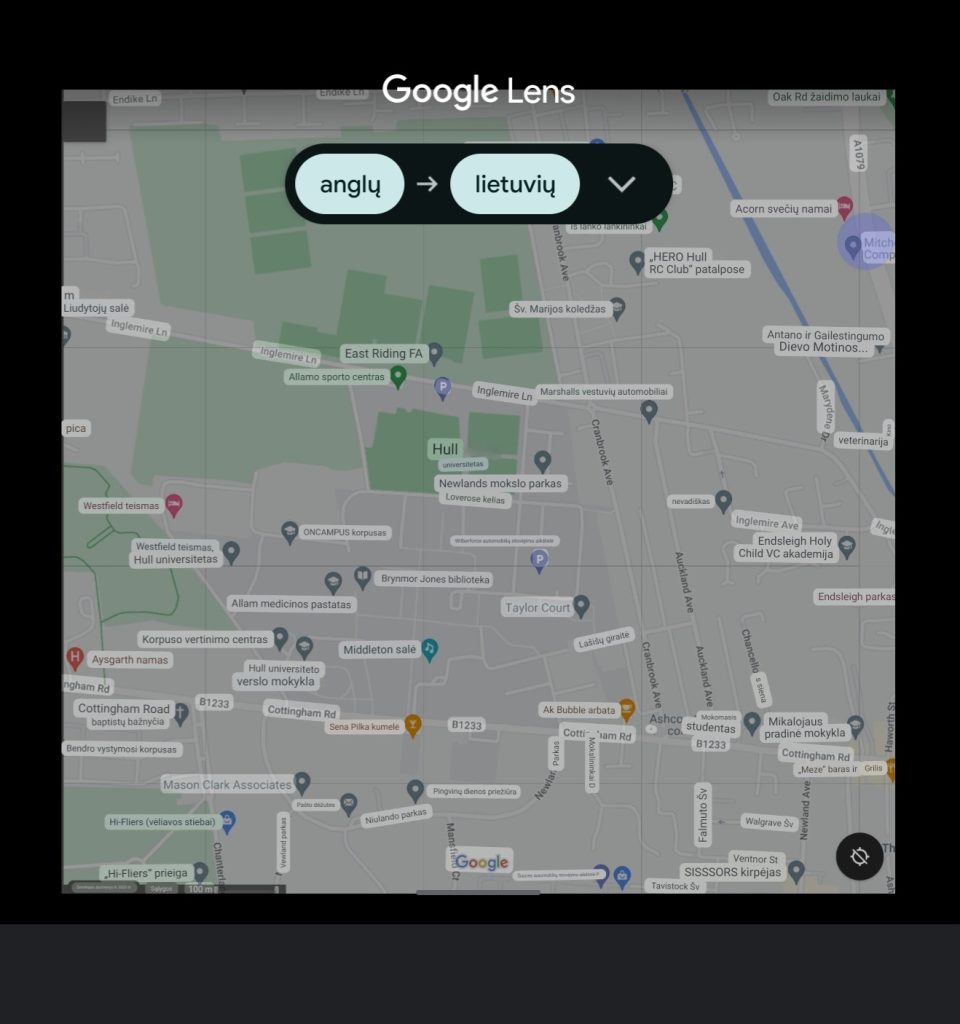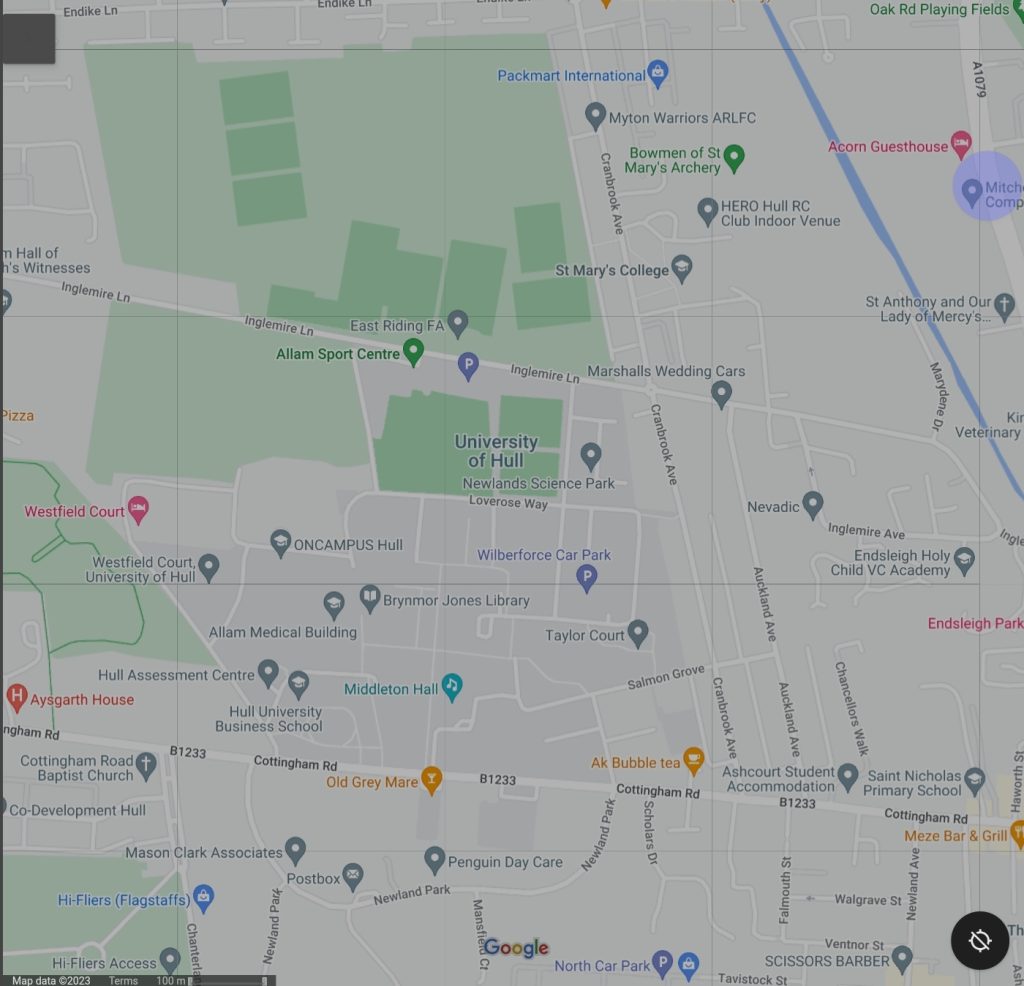Wayfinding is the process of navigating through a building, environment, or location. Wayfinding consists of the actions you take to get to your goal, including choosing the optimal route, recognising your destination, and returning to the beginning point, all while using clear and logical signs, pictures, and symbols to help you remember your route (FastSigns, n.d).

These symbols were used to assist people in navigating to landmarks, locations, and spaces in today’s environment, wayfinding and directional aids and technologies offer orientation and location awareness (Curtis Standley, purple, 11 March 2020).
Wayfing in Day-to-Day Life
Compared to the rest of our history, the past 50 years have seen enormous progress and improvements, primarily because to the unstoppable speed of economic expansion together with advances in science, technology, and even psychology (Curtis Standley, purple, 11 March 2020).
The creation of the mentioned things is also due to the fact that our world is getting more and more globalised, necessitating the employment of user-friendly wayfinding designs, which has led to the development of a common language (Curtis Standley, purple, 11 March 2020).
For instance, one in four persons in the US has a disability that could make getting about your facility more challenging. Furthermore, navigation can assist employees who work in intricate and dynamic situations in addition to tourists (Curtis Standley, purple, 11 March 2020).
Future of Wayfinding
Digital signs and wayfinding systems have become more widely known, but as technology advances, our ability to navigate both interior and outdoor spaces will probably also change. You may make it easier for guests to navigate your venue by installing digital navigation (Curtis Standley, purple, 11 March 2020).
Summary
Following extensive research on wayfinding and an examination of the available wayfinding solutions, the decision was taken to maintain the same symbol system since it is reliable and consistent with all other apps. Even if navigation has progressed to this point, there is still room for improvement with the aid of advancing technology.
References
Curtis Standley, purple, 11 March 2020. The History of Wayfinding [Online] (Updated in 20 October 2023) Available at : https://purple.ai/blogs/the-history-of-wayfinding/ [Accessed in 29 October 2023].
FastSigns, n.d. Wayfinding Signage [Online] (n.d.) Available at : https://www.fastsigns.co.uk/faq/wayfinding-signage/
[Accessed in 29 October 2023].


